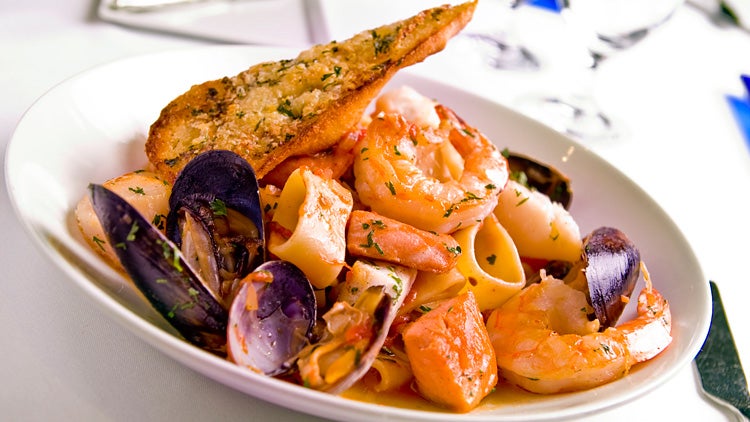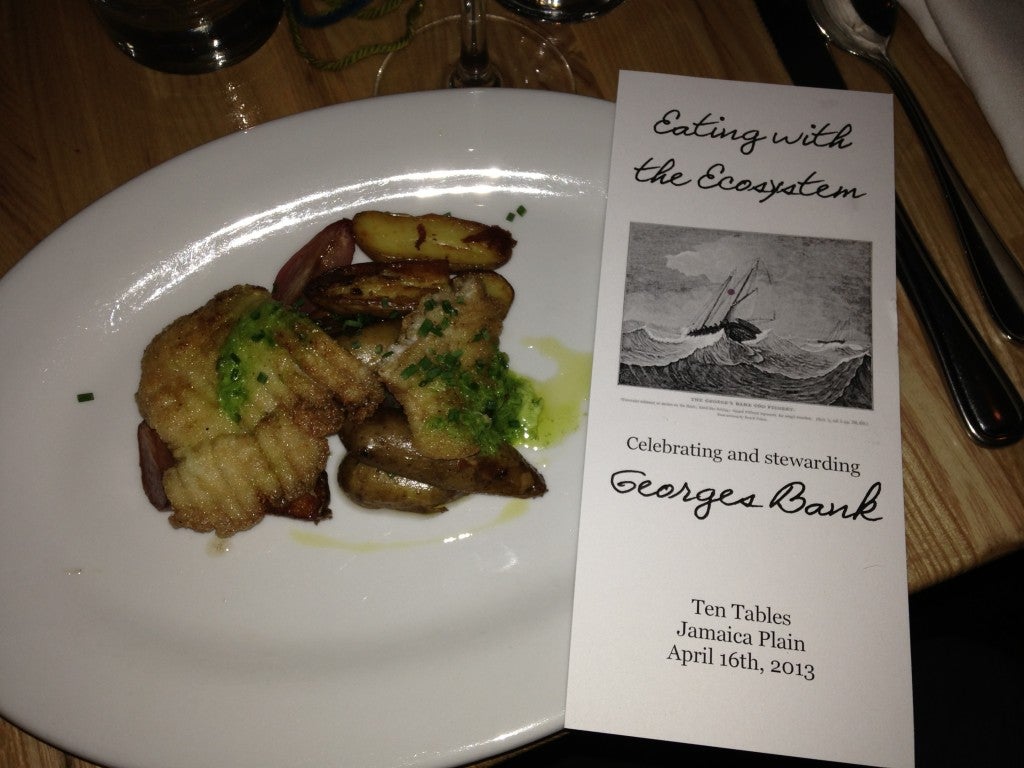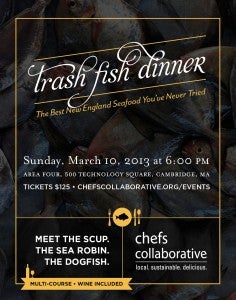If you love seafood, the six weeks between Mardi Gras and Easter is likely one of your favorite times of the year. It doesn’t hurt that restaurants, fish markets and grocery stores are awash with Lenten promotions, resulting in the most profitable period for seafood sales.
So why not use this time to get out of your comfort zone? Put down the tuna and salmon and try something new; the seafood market has an abundance of options. Additionally, consumers are seeking out local and sustainable seafood like never before, representing some of the hottest trends in the restaurant industry for the past several years.
But which fish are the best to buy? Tools like EDF’s mobile Seafood Selector and Monterey Bay Aquarium’s Seafood Watch app are great ways to have sustainable seafood recommendations at your fingertips. Some fish pundits like Chef Alton Brown – host of Good Eats and other programs on the Food Network – go so far as to encourage consumers to ignore all the labels and just “Buy American.” In the absence of definitive information, this might be your best option. However, it’s usually a good bet that your fishmonger or server can tell you where their fish is from. Read More













